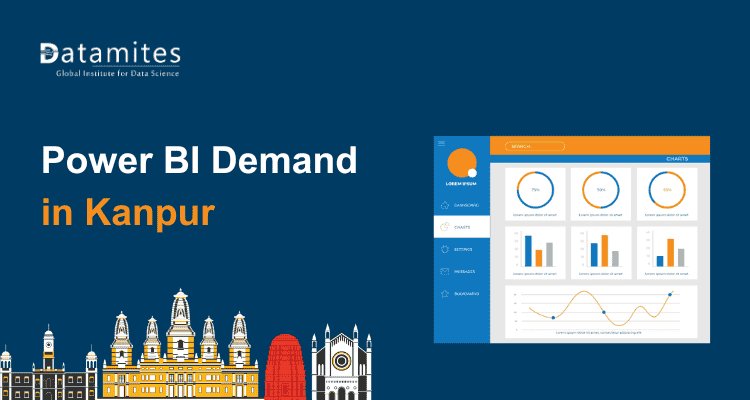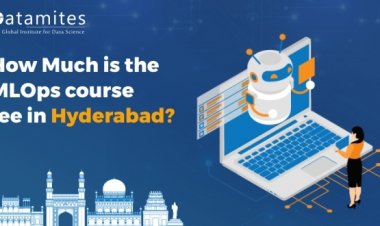What Is Deep Learning and Dive into This Exciting World Now
Deep learning is a branch of AI that enables machines to learn from vast amounts of data, mimicking the human brain. Dive into this exciting world to explore how neural networks power innovations in vision, speech, and decision-making.
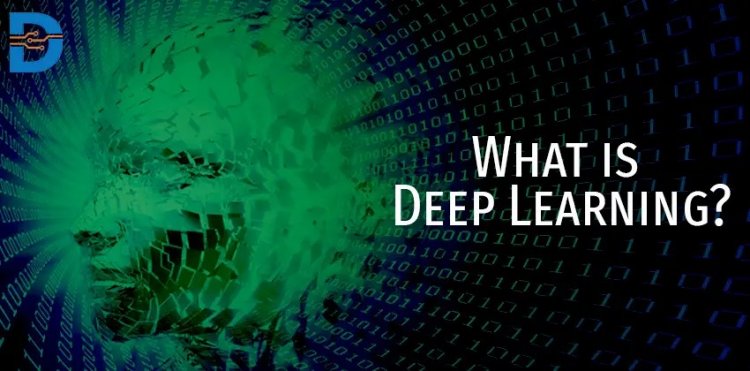
Technology is evolving quickly with a lot of advancements being made for the benefits of humankind. However, along with the rise of technology is the rise of our fears and excitement of how our future will be crafted. We often get perplexed when we start thinking about these advancements and especially, for those into the coding field.
Note: Before understanding about deep learning understand about “What is Machine Learning“
Our fear for human labor becoming obsolete in near future is what tieing our hands in embracing these new technologies connected with Artificial Intelligence. However, even in the absence of Artificial Intelligence, programming is going to change very fast very soon and it is an undeniable fact that we have come so far so fast in this field and the things that were never imagined have already been solved. Especially, Deep learning has done a phenomenal job at solving some very complicated problems that we’ve been stuck on for years. Deep Learning’s state-of-the-art results across a range of difficult problems in various domains are immense. So, we need to be real and start accepting the fact that Deep Learning is no longer just a trend, it’s fast becoming an essential technology used across various industries.
In this article, we will talk in detail about Deep Learning, how it relates to wider fields of AI and ML, what are its real-time applications and career opportunities.
Let’s dive into it now.
What is Deep Learning?
Deep Learning is an aspect of Artificial Intelligence where you typically train the machines to learn and work like a human brain. Inspired by the structure and function of the brain and especially the cerebral cortex, deep neural networks are developed with several complicated layers of interconnected perceptrons to act like a brain.
In traditional machine learning, the learning process is supervised and the programmer has to be specific when instructing the computer on the types of things that it should be looking for. In Deep Learning, a non-linear approach is followed wherein the data is sent through many interconnected layers so that it gets processed, analyzed, modified, and manipulated to find its relationship with the target variable by eliminating the process of manual identification of patterns hidden in data. In other words, it is a “thinking computer.”
Know in detail about Deep Learning:
Deep learning is a subset of Machine Learning which in turn is a subset of Artificial Intelligence. In other words, Artificial Intelligence is the broad idea that focuses on teaching machines how to think independently and intellectually, ML further narrows down to create algorithms that can extract valuable information from large datasets. Deep Learning, on the other hand, uses a specific algorithm.
The term ‘deep learning’ has surfaced because the neural networks have several deep layers that enable a machine’s learning ability. Similar to how humans learn from experience, the deep learning algorithm would perform a task repeatedly, each time tweaking it a little to obtain an improved outcome. Just about any problem that requires “thought” to figure it out, deep learning also starts learning by itself to solve the problem.
Why is Deep Learning so popular only in recent times?
The emergence of digital advancements has created a significant role for data furthermore, the amount of data that is generated every second is pretty huge. It has been estimated as 2.6 quintillion bytes of data is in our stack, currently. With Data emerged as a “new king”, we need effective tools and techniques to leverage these data to power innovation.
Another significant reason is, deep-learning algorithms require tons of data to learn from and this increase in data creation has opened up doors for deep learning capabilities. In addition to more data creation, the strong computing power that’s available today is also popularising the AI and deep learning algorithms.
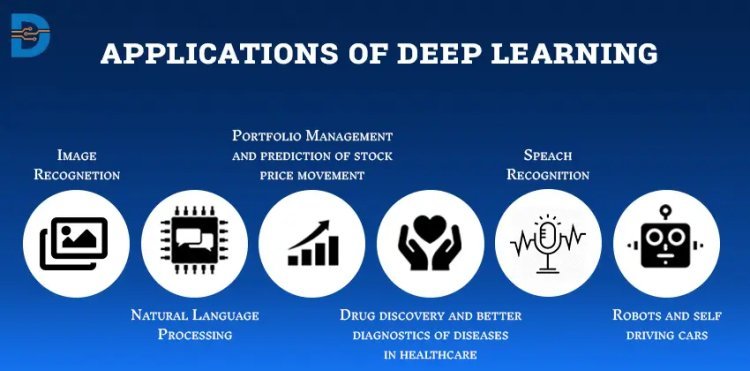
Practical applications of Deep Learning:
Deep learning allows machines to solve complex problems even when using a diverse, unstructured and inter-connected data sets. The more you let the deep learning algorithms to learn by feeding more data, the better they perform.
1) It seems so easy when Facebook asks you to tag your friend without giving any hint about your friend. So, how does that work? Facebook is using the most advanced image recognition program that successfully recognizes the same person between multiple images.
2) Automatic translations between languages are one such application of Deep Learning that comes handy for travelers, business people, and Government officials.
3) Chatbots and service bots are providing an excellent customer service by intelligently responding to questions of customers at less cost.
4) “Alexa, wake me up at 6 am”, does this sound familiar to you? The virtual assistants Alexa or Siri or Cortana uses Deep learning to understand what we speak and interact effectively.
5) The driverless car is strolling on the streets as the result of Deep learning.
6) Transforming black and white pictures into color is no longer a meticulous human task when deep learning algorithms are used.
7) Convenient Suggestions of what to watch next in Netflix or Amazon is the benefit of deep-learning algorithms.
Limitations of Deep Learning:
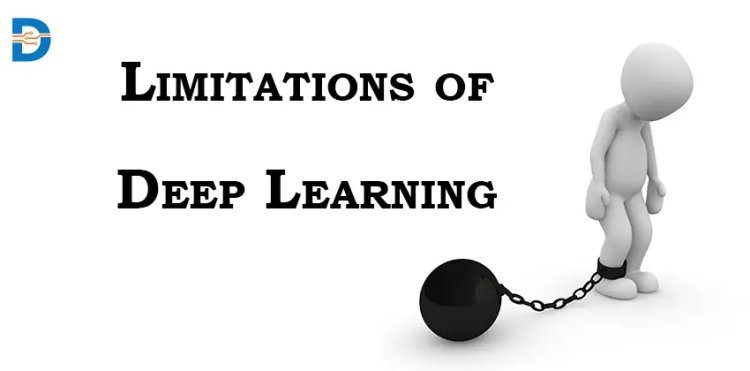
Deep Learning enables the machine to think and solve complex problems. But it’s not easy. So, what are the limitations?
Since they learn through observations, training a machine isn’t going to be an easy job. Think about the amount of data that they require for this training. For instance, Facebook recently announced that it had used one billion images to achieve record-breaking image recognition system. The limited amount of data or the data coming from one specific source will not help the models to learn in a way that is generalizable.
Another limitation is the cost factor. Due to the size of datasets and the number of training cycles that we have to run, training often requires access to high-powered and expensive computer hardware. Even if you opt for a cloud environment, it is still going to cost more.
Deep-neural networks are also hard to train because of the underlying number of neural network layers. The number of layers and links between neurons in the network leads a difficult path in calculating the adjustments that need to be made at each step in the training process. Furthermore, it takes a long time to train a neural network to obtain accuracy.
In spite of all these limitations, we can say that the more experience deep-learning algorithms get, the better they become. It should be extraordinary in few years as the technology continues to mature.
What are the Career Opportunities in Deep Learning?
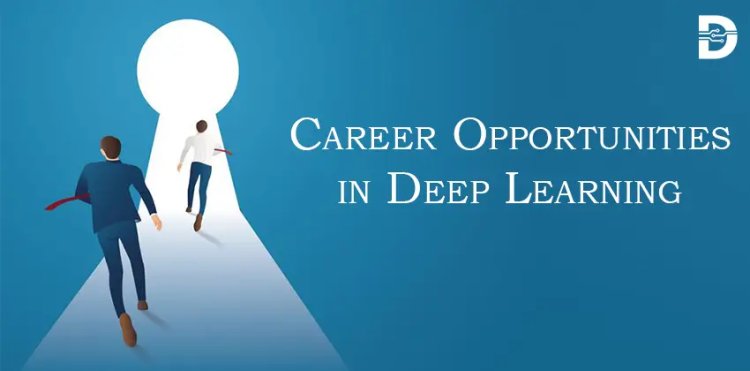
If you are in IT world, then Deep learning does not sound like a new word. AI career is skyrocketing, and so is its subset, Deep Learning. Massive job opportunities are getting created for the professionals with sound knowledge in AI, ML and Deep Learning. Notably, the demand for Deep Learning professionals in IT market is pretty high.
There are many reports and surveys conducted on Deep Learning’s growth.
The 2017 report of Grand View Research, Inc. is talking about how Deep learning market in the US can reach a sky-high level of $10.2 billion by 2025.
Another latest stats on Indeed is talking about the average salary for deep learning professionals in the US, and it ranges anywhere between $71,935/year for a Deep Learning Research Scientist to $140,856/year for Deep Learning Computer Vision Engineer.
Thus, it has been proved that Deep learning is progressing by leaps and bounds.
What are the skills required for a successful Deep Learning career?
Deep Learning is emerging as one of the great career options. However, it is an extremely challenging job role involving an extensive set of skills and tool usage. So, harnessing your skills with strong grounds on machine learning, probabilistic graphical models, basics sampling, basics of approximate inference and with appropriate programming knowledge on R or Python is essential.
Start your Deep Learning career with Datamites:
Remember, humans work at the limit of their intellectual capacity, but AIs have the perfect ability to learn fast and operate quickly. A recent survey conducted by the research report by Tractica, is quoting that AI market is expected to see an increasing curve of 3.2 billion in 2016 to $89.8 billion by 2025. So, it is assured that AI, ML, and Deep Learning will soon play a significant role in the economy.
With a lot of excitement weaving around evolving Artificial methods and Deep Learning, there will be dramatic changes taking place in all the fields. Professionals need to learn how to interpret the business requirements and advise what to develop and how it should be established. If you want to take up a more prominent role in the development and transformation of the business and IT sector then you need to remove all your AI fears and start learning AI.

DataMites™ is one of the leading global professional training providers in Data Science Courses, Artificial Intelligence Course, Machine Learning Course, and Deep Learning Course. We are training aspiring candidates with hands-on training that helps them to gain the required skills to work at big organizations at ease. Our Deep Learning training program is an essential ingredient that will enable you to gravitate towards success. It is the best time for you to broaden your vision with DataMites™ Deep Learning course and see your career graph zoom into the skies.




